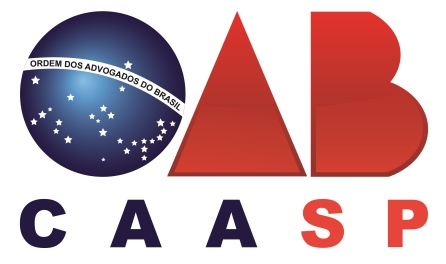This is done to ensure that we reduce the risk of spreading misinformation, hate speech, or other potentially harmful content
On Spotlight, where creators can submit creative and entertaining videos to share with the broader Snapchat community, all content is first reviewed automatically by artificial intelligence before gaining any distribution, and then human-reviewed and moderated before it can be viewed by more than 25 people.
We don’t always get it right the first time, which is why we redesign parts of Snapchat when they aren’t living up to our values. That’s what happened in 2017 when we discovered that one of our products, Stories, was making Snapchatters feel like they had to compete with celebrities and influencers for attention because content from celebrities and friends were combined in the same user interface. As a result of that observation, we decided to separate “social” content created by friends from “media” content created by celebrities to help reduce social comparison on our platform. This redesign negatively impacted our user growth in the short-term, but it was the right thing to do for our community.
Our mission – to empower people to express themselves, live in the moment, learn about the world, and have fun together – informed Snapchat’s fundamental architecture. Adhering to this mission has enabled us to create a platform that reflects human nature and fosters real friendships. It continues to influence our design processes and principles, our policies and practices, and the resources and tools we provide to our community. And it undergirds our constant efforts to improve how we address the inherent risks and challenges associated with serving a large online community.
A huge part of living up to our mission has been building and maintaining trust with our community and partners, as well as parents, lawmakers, and safety experts.
Those relationships have https://www.hookupdate.net/de/guyspy-review been built through the deliberate, consistent decisions we have made to put privacy and safety at the heart of our product design process
For example, we have adopted responsible design principles that consider the privacy and safety of new products and features right from the beginning of the development process. And we’ve made those principles come to life through rigorous processes. Every new feature in Snapchat goes through a defined privacy and safety review, conducted by teams that span Snap – including designers, data scientists, engineers, product managers, product counsel, policy leads, and privacy engineers – long before it sees the light of day.
Once reported, most content is actioned in under 2 hours to minimize the potential for harm
While more than 80% of our community in the United States is 18 or older, we have spent a tremendous amount of time and resources to protect teenagers. We’ve made thoughtful and intentional choices to apply additional privacy and safety policies and design principles to help keep teenagers safe. That includes:
Taking into account the unique sensitivities and considerations of minors when we design products. That’s why we intentionally make it harder for strangers to find minors by banning public profiles for people under 18 and are rolling out a feature to limit the discoverability of minors in Quick Add (friend suggestions). And why we have long deployed age-gating tools to prevent minors from viewing age-regulated content and ads.
Empowering Snapchatters by providing consistent and easy-to-use controls like turning location sharing off by default and offering streamlined in-app reporting for users to report concerning content or behaviors to our Trust and Safety teams.
Working to develop tools that will give parents more oversight without sacrificing privacy – including plans to provide parents the ability to view their teen’s friends, manage their privacy and location settings, and see who they’re talking to.



